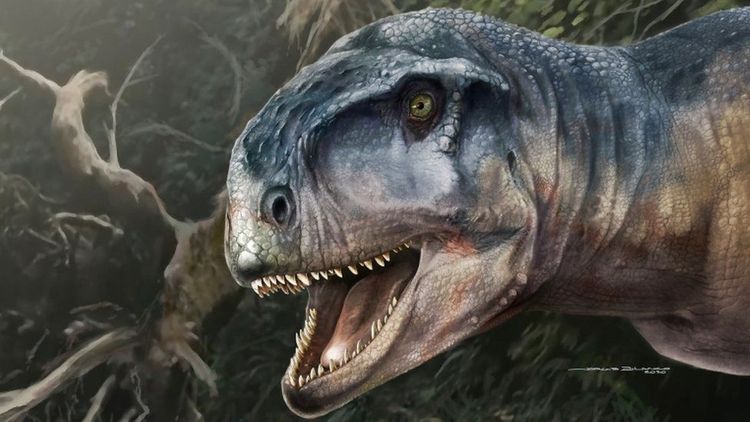Scientists in southern Argentina have found the skull of a large meat-eating dinosaur named "one who causes fear" in the local Mapuche language, APA reports citing BBC.
The horned Llukalkan aliocranianus was around 5 metres (16 feet) long and roamed South America 85 million years ago.
Researchers found remains nearby of another carnivorous dinosaur, something they said was highly unusual.
The findings from Patagonia were published on Tuesday.
Like the Tyrannosaurus rex, the Llukalkan dinosaur was two-legged with very short arms, but was medium-sized compared to the giant T. rex.
It also had short horns and tiny fingers. It was estimated to weigh between one and five tonnes, slightly lighter than an adult African elephant.
It was probably a fearsome predator, with a large skull and a strong bite, according to the research published in the Journal of Vertebrate Paleontology.
The findings suggest it had better hearing than other dinosaurs in the abelisaurids family which likely made it a better hunter, Federico Gianechini, a palaeontologist at the National University of San Luis Argentina told Reuters news agency.
It lived on earth during the Cretaceous period, the last era before dinosaurs were wiped out.
Close to Llukalkhan's skull, scientist found the fossilised remains of a slightly larger meat-eating dinosaur called Viavenator exxoni.
Mr Gianechini said it is very unusual to find two abelisaurids living close together at the same time.
"Llukalkan was a little smaller than Viavenator, although, if they lived together, they surely shared the same ecological niche and fed on the same prey, so they would have competed with each other and - why not - even eaten each other," he told Reuters.
In 2014 the remains of a dinosaur that weighed around the same as 14 elephants were found - it was thought to be the biggest ever discovered.






